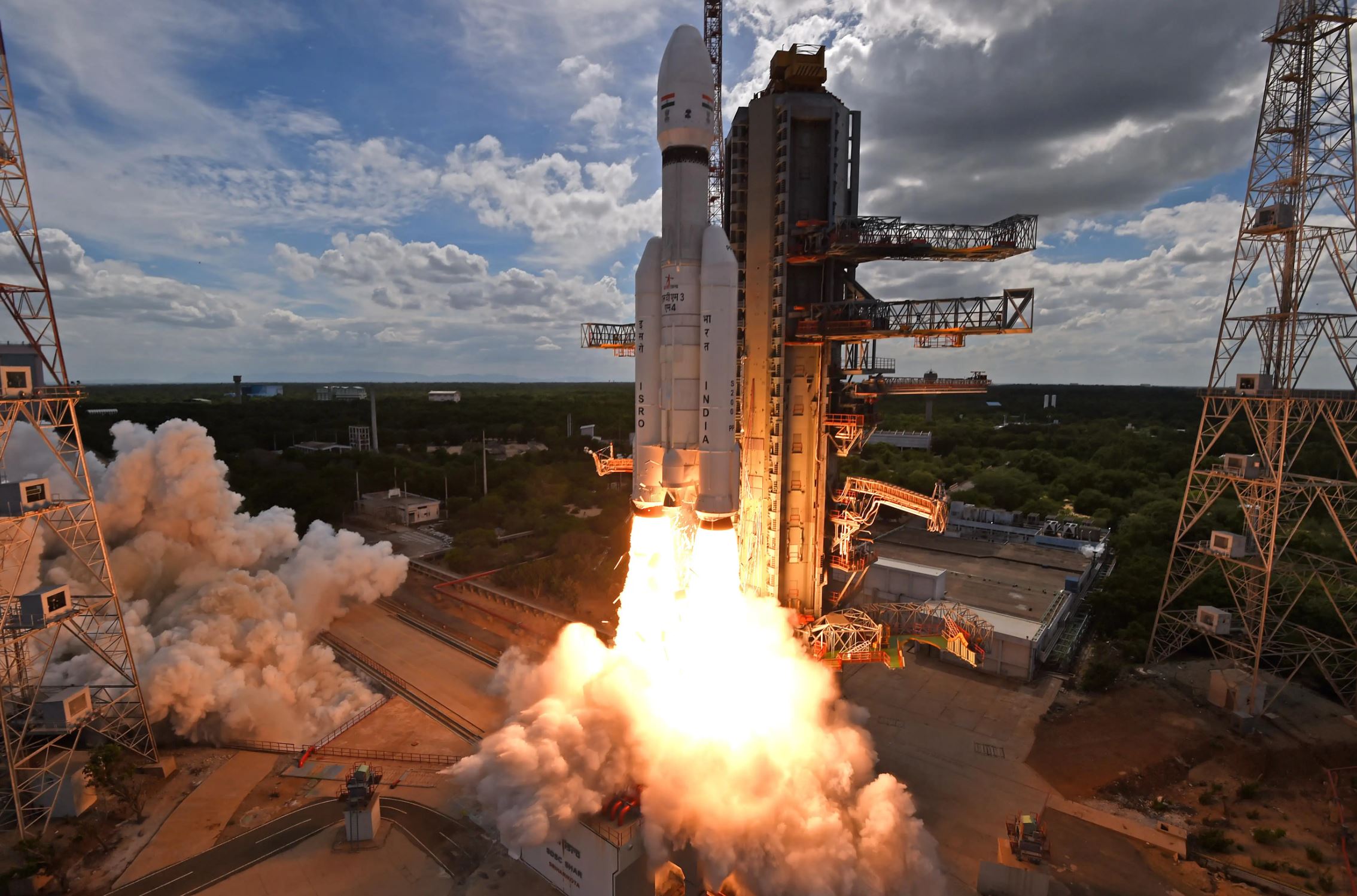HELSINKI — India is planning up to 30 launches over a 15-months period, indicating the ambition for a significant rise in both civil and commercial launch activities.
The launch plans are a mix of scientific, commercial, user-funded and technology demonstration missions across the fourth quarter of fiscal year 2023-24 and the fiscal year 2024-25. Seven test launches will serve India’s Gaganyaan human spaceflight project, with nine others under the aegis of the Indian Space Research Organisation (ISRO).Â
Another 14 launches are dedicated to India’s nascent commercial space sector and arranged by the New Space India Limited (NSIL). Seven will consist of four Polar Satellite Launch Vehicles (PSLVs), one Launch Vehicle Mark-3 (LVM-3)—usually used to access geostationary orbit—and two Small Satellite Launch Vehicle (SSLV) launches. The other seven will be test launches for private players.
The private plans consist of suborbital and orbital launches by commercial firms Agnikul Cosmos—with the Agnibaan SOrTeD (Suborbital Tech Demonstrator)—and Skyroot Aerospace (Vikram-1).
The Indian National Space Promotion and Authorization Centre (IN-SPACe), an independent nodal agency under the Department of Space established to promote, enable, regulate, and supervise commercial activities, released the launch manifest Feb. 8.
The manifest includes the completed early January launch of an X-ray astronomy satellite and the upcoming INSAT-3DS meteorological satellite mission. The latter is due to launch on GSLV-F14 at 7:00 a.m. Eastern Feb. 17.Â
The moves follow a new national space policy introduced in 2023, with reforms targeting making India a global space hub. The ambitions also indicate an expanding space ecosystem with growing private involvement.
India’s launch plans face challenges however. Constraints upon the launch ambitions include only one operational spaceport, multiple competing missions across human flight, NSIL, the military and private players and supply chain issues pertaining to the industrial capacity to build launchers and satellites in large numbers, Srinivasan Chandrasekhar, visiting professor at the National Institute of Advanced Studies (NIAS), told SpaceNews.
“As the manifest makes clear there is a lot of uncertainty in the realization of this schedule. A more realistic ballpark estimate could be about 10 to 12 launches over the 15 month period. Even if this is realized it would represent a significant achievement,†Srinivasan said.
There are question marks over the commercial plans in particular. The private players are still engaging in development flights, meaning a lot of uncertainty in meeting schedules. “Of the remaining seven the manifest provides confirmed payloads for only two of the launches. Even with optimistic assumptions about firming up launch contracts, it is unlikely that these NSIL targets will be met,†Srinivasan says.
There are also opportunities. The European Space Agency’s Proba 3 mission scheduled for the third quarter of 2024-25. This could provide international recognition once more for the PSLV, according to Srinivasan. “If there are other One Web kind of launches for NSIL with the LVM-3 launcher, they would also add prestige to the India brand.â€
Proba-3 is ESA’s dual-spacecraft technological demonstration mission to demonstrate high precision formation flying in order to execute coronagraphy. An occulter spacecraft will create an eclipse of the solar disk. This will allow a coronagraph spacecraft to better observe the sun’s outer atmosphere.
Achieving the announced ambition to launch 30 times across 15 months would be notable. India will however likely require to make longer term efforts to boost its access to space and launch cadence.Â
One bottleneck for launch is that India has one main spaceport: the Satish Dhawan Space Centre in Sriharikota. This has two launch pads for the PSLV and LMV3 rockets. However a new spaceport is being constructed at Kulasekarapattinam in Tamil Nadu to serve private launch service providers.
“A true transformation of the Indian space ecosystem can be considered complete when Indian industry by itself can build and launch the satellites needed, by themselves, with minimal government support and involvement.Â
“Multiple domestic suppliers of satellites, rockets and ranges are needed for this to happen. A significant scale-up of up to fifty launches a year at least is required,†says Srinivasan.
2023 saw India make breakthroughs by becoming the fourth country to successfully soft-land on the moon with Chandrayaan-3. This was followed up by the launch of the Aditya-L1 solar observatory.Â
On the back of these successes Indian Prime Minister Narendra Modi announced plans for an Indian Space Station to be constructed by 2035. The country will also aim to send the first Indian to the moon by 2040. Those goals would require sustained efforts and reforms, with wider challenges also to be addressed.
The Indian space ecosystem could benefit significantly by a more active promotion of Indian industry, says Srinivasan.
“There are many space products and services that can be termed public goods and services that must be provided and funded by the government. These include civilian as well as military goods and services.
“This requirement can be met with the active support of industry through appropriate public-private partnership schemes and contracts. Such measures could accelerate the creation of a robust space ecosystem in the country.â€
Related
Read the original article here



